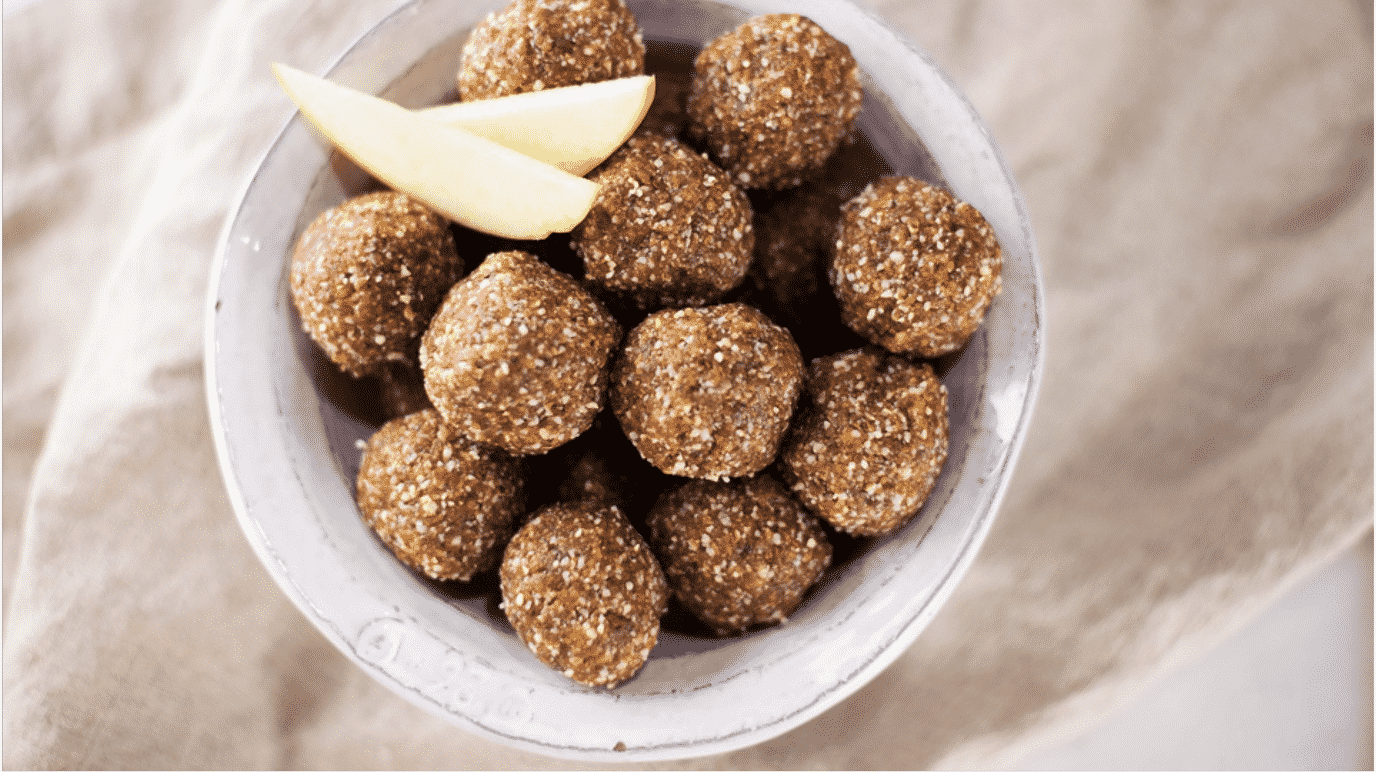
As I continue my article series on protein, this month I would like to discuss protein bars. Many companies, health promoters and gym enthusiasts market protein bars as a healthy way to lose weight and gain muscle. However, truth be told, many protein bars are very similar, if not more unhealthy, than candy bars!
Last month we reviewed the necessity of protein in a healthy diet. Typically protein makes up between 20-25% of our daily intake. To calculate your optimal protein intake, calculate your body weight divided by 2.2, and then multiply by 0.8. This will give you the necessary grams of daily protein. Please keep in mind, full-time athletes (think professional, or college athletes) or people suffering from certain diseases or disorders may require a higher protein intake.
Protein bars are not necessary to “normal” healthy adults. Even if you exercise, whole foods should be the first line of therapy for proper post-workout supplementation. Try using a combination of carbohydrates and proteins like organic chocolate milk or possibly a banana or half a whole grain bagel with peanut butter as a recovery snack.
If you choose to use protein bars, please consider my checklist below when browsing protein bar options:
- Choose low calorie (<200 kcal).
- Watch the saturated fat content (<2g).
- Choose bars with greater than 2g of fiber.
- Do not choose bars that contain high quantities of sugar alcohols. Sugar alcohols can be identified as ingredients with an –ol ending such as Mannitol, Sorbitol, or Xylitol. (Let’s just subtitle this: Gastric Distress!)
- Eliminate products that have greater than 5 ingredients (especially if you cannot find them easily in a grocery store; yuck!) Strive to find bars that contain whole foods.
- Eliminate bars with too much added sugar (<10g). Be aware that added sugar (cane sugar, sucrolose, high frutose corn syrup, etc.) is different than the natural sugars found in dried fruits like dates.
- Monitor sodium content (<250 mg)
- Be cautious when choosing bars using large quantities of soy protein. Processed soy is almost always a GMO and contains very high levels of pesticides.
- As always, when possible choose organic and non-GMO.
- As we discussed last month with meat options, the importance of choosing quality will always be more important than quantity or what a nutrition label shows. Please be picky!
As a reminder, no health food or health food claim will ever replace the health and nutrients found in REAL food. Diets that fully eliminate one macronutrient (think carbohydrates or fat) tend to provide quick results, but ultimately are not sustainable or good for one’s health. (Many patients who have tried these diets will tell you they gained back all of their weight and more.)
If you have questions regarding what protein bars you use or what ingredients are used in your bars, please feel free to contact me for further discussion.
Please also enjoy the homemade protein bar recipe that I have attached below. This recipe provides not only protein, but also healthy complex carbohydrates and healthy monounsaturated fats from nuts! What a great post-workout recovery snack. Enjoy!
Leslie Rusch-Bayer
INGREDIENTS
1-cup almonds
1/2-cup pecans
1/2 cup pitted dates
3 oz. dried apple slices
1/3-cup raisins
1 1/4 tsp. ground cinnamon
1/4 tsp. fresh lemon zest
1/8 tsp. sea salt
- Place almonds and pecans into the bowl of a food processor and pulse until evenly chopped. Remove from processor and set aside.
- Add dates, dried apples, raisins, lemon zest, cinnamon and sea salt to the food processor and pulse until mixture forms into a ball.
- Add nut mixture back into the processor with the date-apple mixture and pulse until everything is well combined.
- Form into small balls using your hands and refrigerate for 30 minutes to set.
https://www.tastemade.com/shows/healthy-af/apple-pie-energy-bites
